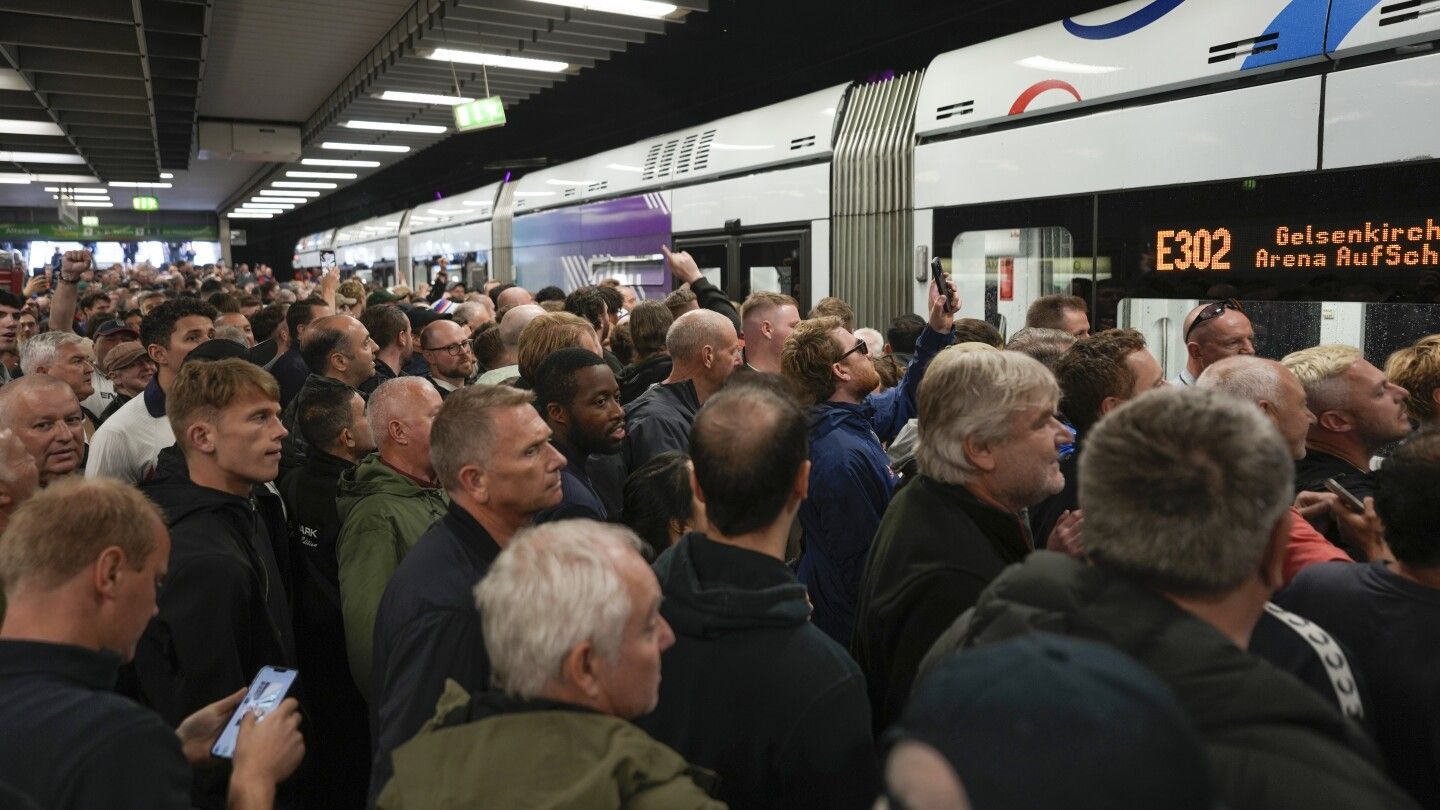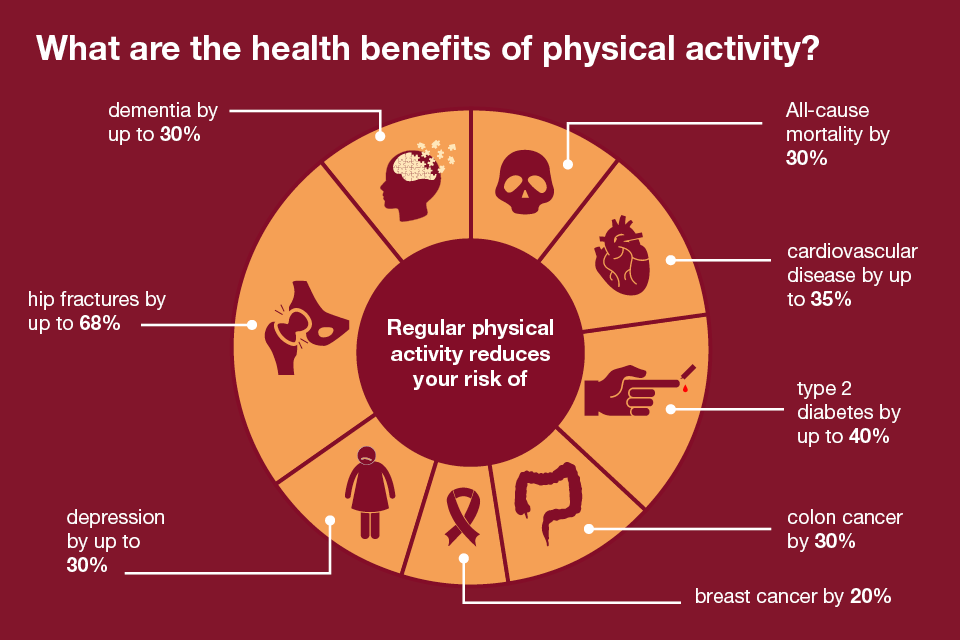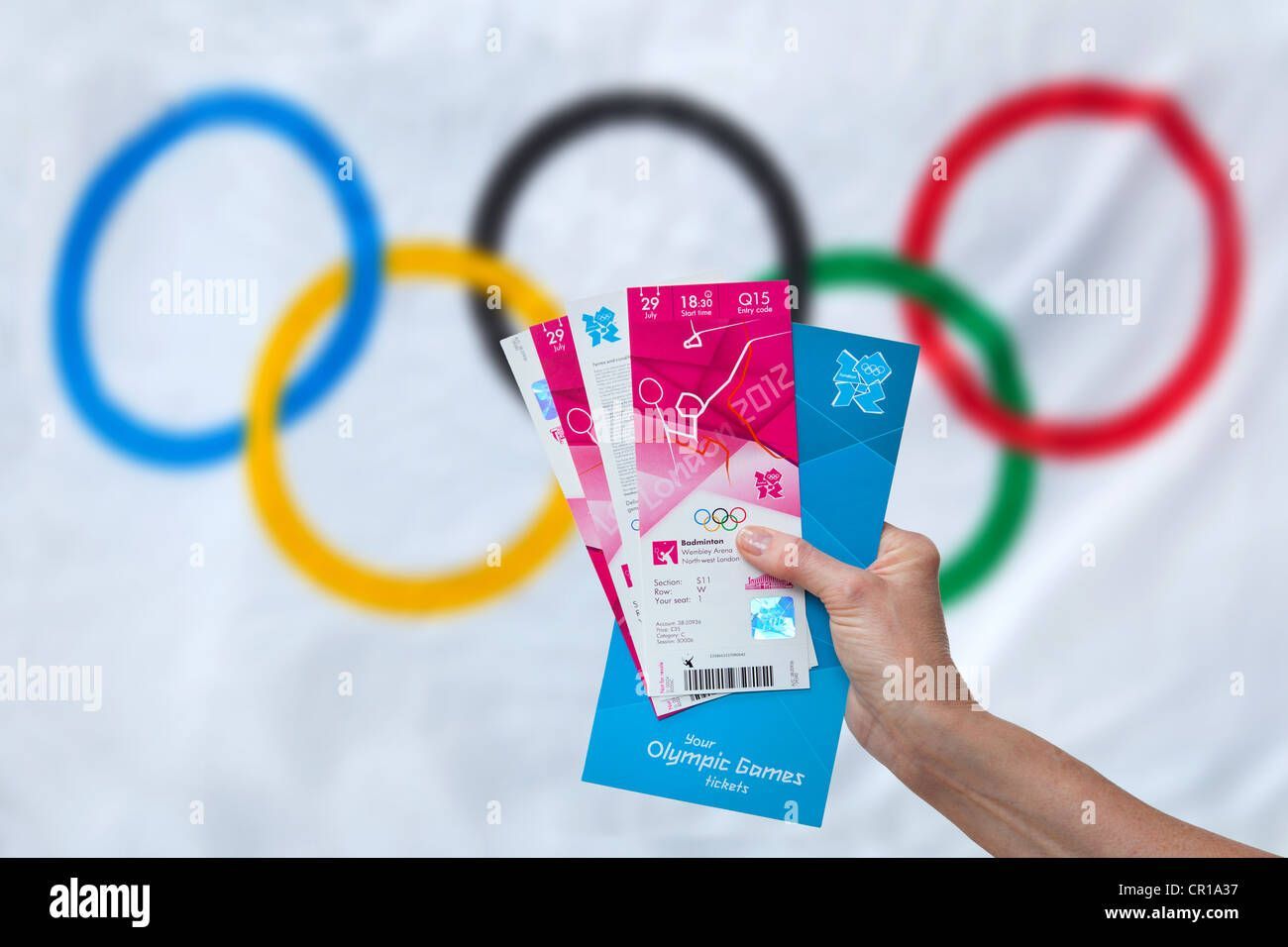Changing travel behaviour - a gift for life, not just Christmas
Challenges associated with sustained behaviour change
As the festive season begins and people consider their New Year’s resolutions alongside the UK’s National Transport Strategy’s call for ideas, it’s an ideal moment to explore how to make change endure beyond the holidays or temporary campaigns. Achieving meaningful, lasting behaviour change remains a significant challenge, especially in transport and travel demand management (TDM). While short-term campaigns can spark initial interest, they often fall short of embedding long-lasting habits. For change to stick, campaigns must address deeper, systemic issues and foster long-term commitment from all stakeholders.
This blog explores the preconditions for success, from long-term funding and organisational buy-in to tailored communications and supportive infrastructure. We will also examine the pitfalls of short-term thinking, where behaviour change risks becoming a fleeting trend rather than a permanent shift.
Issues associated with short-term thinking
Short-term, one-off campaigns often fail to deliver sustained impact. For example, TDM efforts tied to major sports events may achieve impressive results during the event but struggle to leave a lasting legacy. These initiatives tend to focus on immediate outcomes, with any long-term benefits being coincidental rather than planned.
This trend has been observed worldwide, with one example being the Rio 2016 Olympic Games. In preparation for the event, the government introduced four new bus rapid transit (BRT) lines to connect the two main Olympic venues. However, post-event studies revealed that these transit lines were not designed with long-term legacy considerations. They were poorly integrated with the surrounding areas and exacerbating territorial segmentation along the corridors. A 2017 study further highlighted that the elimination and rerouting of numerous standard bus routes in the city had reduced the average accessibility to jobs and schools via public transport compared to three years earlier.
Image reference: TheCityFix
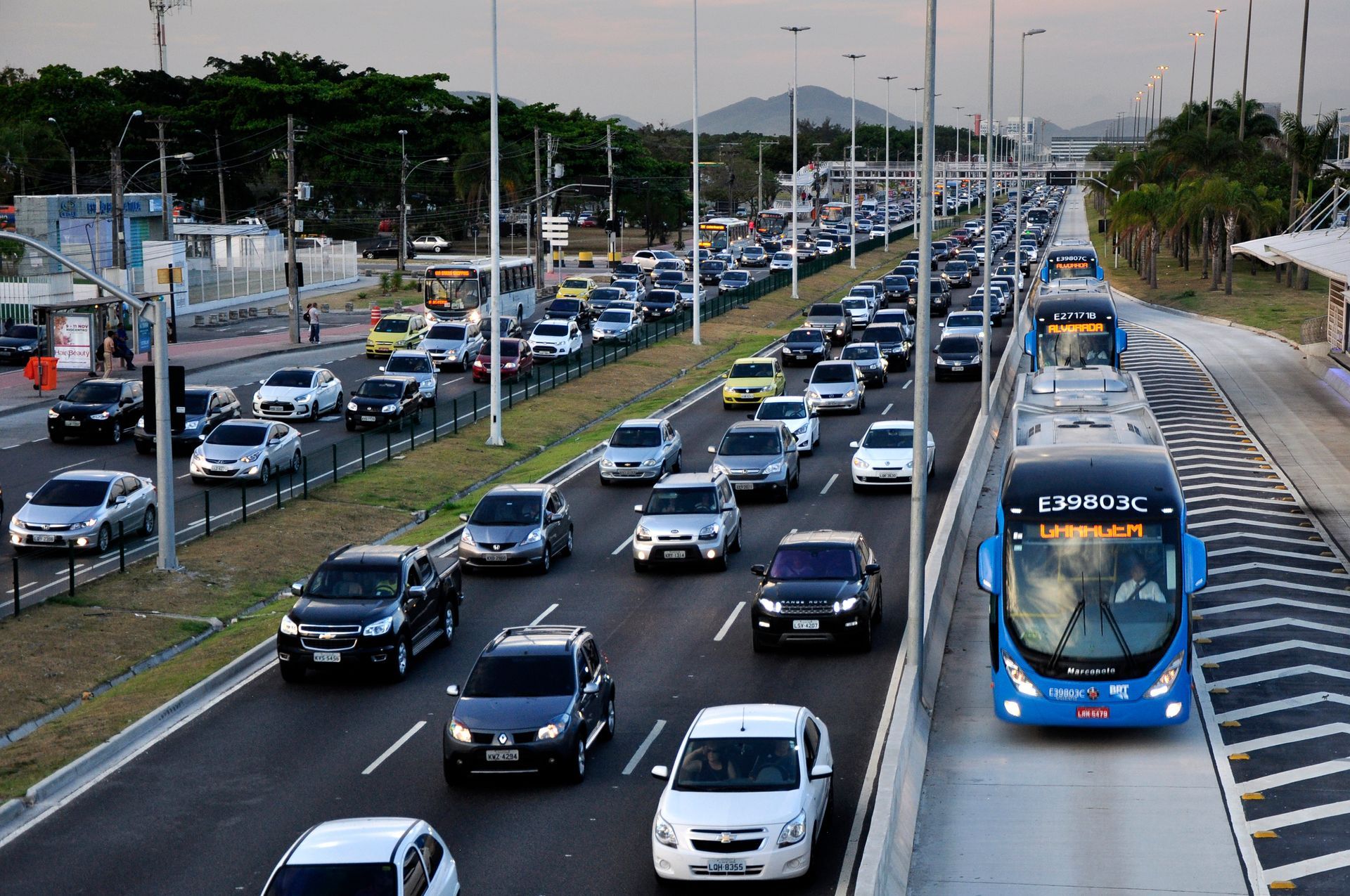
The root of the problem often lies in the lack of ongoing funding and organisational commitment. When the spotlight fades, so does the momentum, leaving little chance for enduring change. Without integrating these efforts into broader, long-term strategies, the potential for transformative impact remains unfulfilled. A shift in approach is required to move from reactive, event-specific campaigns to proactive, embedded solutions.
The role of life moments in triggering change
Life moments, such as moving to a new home, starting a new job, or visiting a new destination, can serve as powerful catalysts for behaviour change. These transitions disrupt established routines and create a sense of openness to adopting new habits and exploring alternative choices. This phenomenon is often referred to as the "habit discontinuity effect" within research, which suggests that periods of change make individuals more receptive to interventions that promote positive behaviour.
For example, incorporating sustainable travel advice into induction processes for new employees can encourage long-term commuting habits. A study found that new residents were more likely to adopt sustainable travel habits, such as using public transport or car-sharing, when provided with targeted information during their move. Similarly, sustainable travel plans and targeted marketing communications for events in unfamiliar locations can shape how attendees plan their journeys. Research by Thogersen and Moller highlights that providing clear, accessible information about sustainable options at these junctures increases the likelihood of individuals choosing environmentally friendly modes of transport.
Recognising and leveraging these pivotal moments is essential to fostering change. Interventions timed with life transitions can create lasting impacts by embedding sustainable practices into the new routines individuals are building. Therefore, policymakers, employers, and event organisers should focus on these moments as opportunities to promote sustainable and healthier behaviour patterns.
Bridging short-term wins and long-term impact
Some campaigns have successfully transitioned from short-term initiatives to long-term strategies, significantly reshaping societal norms. Historical examples, such as campaigns promoting seat belt use, banning smoking, or reducing drink driving, demonstrate the effectiveness of sustained efforts.
For instance, seat belt campaigns like "Click It or Ticket" increased usage in the US from 14% in 1983 to 90% in 2021, saving an estimated 374,000 lives between 1975 and 2019. Similarly, anti-smoking campaigns such as the UK’s "Stoptober" have helped reduce smoking rates, supporting over 2.5 million people quitting between 2010 and 2023, while the US’s "Tips From Former Smokers" has driven record declines in smoking prevalence. Drink driving initiatives, including the UK's "Think!" campaign and the US’s "Friends Don’t Let Friends Drive Drunk," have led to a cultural shift, with road deaths in the UK falling by 46% in the decade that followed the conception of the campaign. More recently, the work-from-home shift during COVID-19 has resulted in the lasting adoption of remote working tools like Microsoft Teams, whose monthly active users skyrocketed from 20 million in 2019 to 320 million in 2024. This highlights how external events, coupled with effective strategies, can lead to enduring behavioural change.
Image reference: Think.gov.uk

Within the transport industry, Malmö’s “No Ridiculous Car Journeys” campaign launched in 2006 and was repeated over several years. Surveys revealed that half of residents were familiar with the campaign, and 15% reported reducing their car travel as a result. National funding streams enabled the campaign to evolve and adapt, reaching different demographics through varied approaches. The total share of car journeys in Malmö fell from 52% in 2003 to 41% in 2008, while walking, cycling, and public transport increased.
Image reference: The Urban Observer
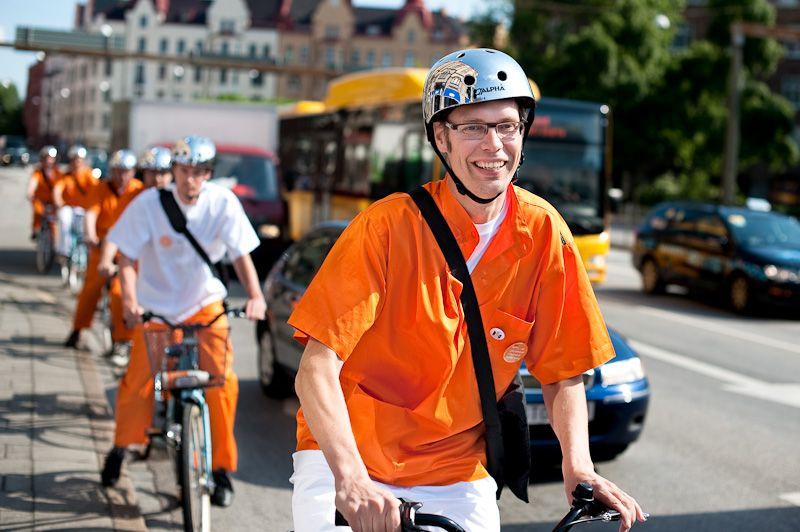
Gothenburg’s transport agency, Västtrafik, provides another compelling example. Since 2010, they have run over 30 ‘test ride’ campaigns using social media, billboards, and bus advertisements. The initiative also sends trial travel passes to new residents and neighbourhoods with high car ownership. By 2020, nearly half a million people had participated, with 100,000 becoming regular users. A 2019 campaign visually emphasised its impact by assembling 30,000 toy cars to represent the traffic reduction potential. Robust monitoring, evaluation, and adaptation have been key to these successes, turning pilots into scalable long-term solutions.
Image reference: Fast Company
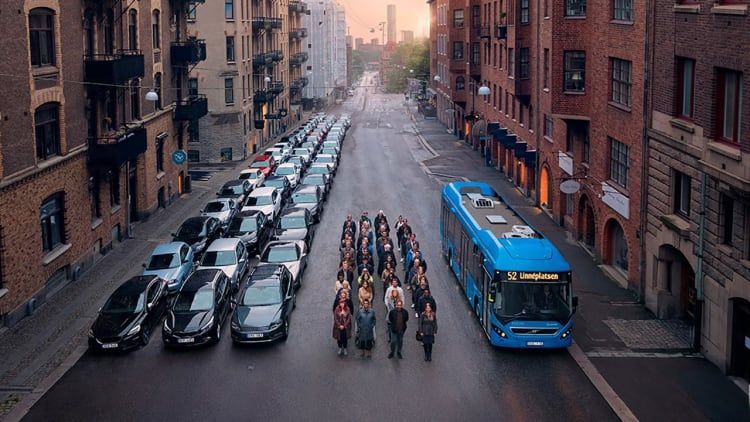
Preconditions for successful and long-lasting campaigns
Sustained behaviour change requires more than a well-executed campaign. Here are the critical preconditions, which have been suggested through behavioural change research, and seen within several successful long-term behaviour change campaigns such as those listed above:
Long-term commitment: securing ongoing funding and integrating campaigns into organisational strategies ensures longevity. Consistent backing allows initiatives to evolve and maintain relevance over time.
Relevant marketing communications: tailored messaging that resonates with specific audiences increases the likelihood of engagement and adoption. This requires understanding local contexts and cultural nuances. Structuring campaigns around key life moments, such as moving to a new home, starting a new job, or visiting a new location, can significantly enhance impact, as these periods often prompt individuals to reconsider their routines and habits.
Support structures: infrastructure improvements, such as dedicated bike lanes or enhanced public transport services, combined with incentives like discounted travel passes, provide the practical means for change.
Community engagement: co-creation with local communities ensures that solutions are relevant, inclusive, and widely accepted. Involving stakeholders from the outset fosters a sense of ownership and accountability.
Conclusion: making sustainable changes the default
Behaviour change campaigns must go beyond raising awareness; they need to embed sustainable choices into everyday habits. For organisations, venues, and events, this means planning for the long term and integrating behaviour change into core strategies. Reflecting on the examples above, the UK’s call for ideas for the National Transport Strategy may benefit significantly from a national sustained behaviour change campaign promoting pro-sustainable travel choices. Such an initiative could set the stage for transformative impact, embedding sustainable travel habits across the nation.
At In the Round, we help organisations think beyond immediate wins to focus on creating lasting impact. From designing robust TDM strategies to engaging communities and monitoring results, we provide the expertise needed to drive change that endures. By collaborating with stakeholders and leveraging data-driven insights, we aim to make sustainability the norm, not the exception. To learn more or if you have any questions, please send us an email at hello@intheround.global.


